Nobody knows precisely how or where it started, but on a steamy Saturday night, July 19, 1919, the word began to spread among the saloons and pool halls of downtown Washington, where crowds of soldiers, sailors and Marines freshly home from the Great War were taking weekend liberty.
A black suspect, questioned in an attempted sexual assault on a white woman, had been released by the Metropolitan Police. The woman was the wife of a Navy man. So the booze-fueled mutterings about revenge flowed quickly among hundreds of men in uniform, white men who were having trouble finding jobs in a crowded, sweltering capital.
Late that night, they started to move. The mob drew strength from a seedy neighborhood off Pennsylvania Avenue NW called “Murder Bay,” known for its brawlers and brothels. The crowd crossed the tree-covered Mall heading toward a predominantly poor black section of Southwest. They picked up clubs, lead pipes and pieces of lumber as they went.
Near Ninth and D streets SW, they fell upon an unsuspecting black man named Charles Linton Ralls, who was out with his wife, Mary. Ralls was chased down and beaten severely. The mob then attacked a second black man, George Montgomery, 55, who was returning home with groceries. They fractured his skull with a brick.
The rampage by about 400 whites initially drew only scattered resistance in the black community, and the police were nowhere to be seen. When the Metropolitan Police Department finally arrived in force, its white officers arrested more blacks than whites, sending a clear signal about their sympathies.
It was only the beginning. The white mob – whose actions were triggered in large part by weeks of sensational newspaper accounts of alleged sex crimes by a “negro fiend” – unleashed a wave of violence that swept over the city for four days. Nine people were killed in brutal street fighting, and an estimated 30 more would die eventually from their wounds. More than 150 men, women and children were clubbed, beaten and shot by mobs of both races. Several Marine guards and six D.C. policemen were shot, two fatally.
“A mob of sailors and soldiers jumped on the [street]car and pulled me off, beating me unmercifully from head to foot, leaving me in such a condition that I could hardly crawl back home,” Francis Thomas, a frail black 17-year-old, said in a statement to the NAACP. Thomas said he saw three other blacks being beaten, including two women. “Before I became unconscious, I could hear them pleading with the Lord to keep them from being killed.”
The Washington riot was one of more than 20 that took place that summer. With rioting in Chicago, Omaha, Knoxville, Tenn., Charleston, S.C., and other cities, the bloody interval came to be known as “the Red Summer.” Unlike virtually all the disturbances that preceded it – in which white-on-black violence dominated – the Washington riot of 1919 was distinguished by strong, organized and armed black resistance, foreshadowing the civil rights struggles later in the century.
Read The Entire Store @http://www.washingtonpost.com/wp-srv/local/2000/raceriot0301.htm









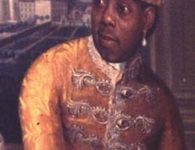
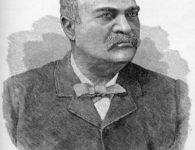


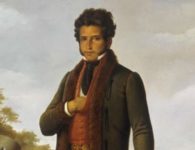
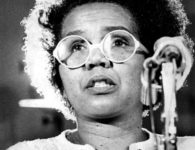

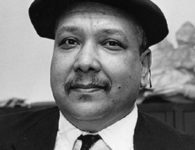

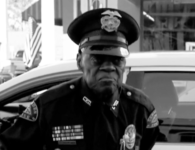
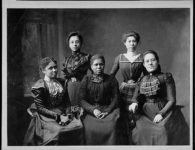

2 Comments
They had heard about the African American soldiers in France having sexual relationships with French Caucasian women. Seeing the returning soldiers filled them with anger. They wanted to let them know that they were no longer in France.
P.S. There were no African American Marines in WWI.
https://chiniquy.wordpress.com/2015/12/17/african-americans-have-suffered-from-caucasian-american-terrorism-for-over-100-years/
It sounds like the Blacks, in DC, fought back, like they did in Chicago.